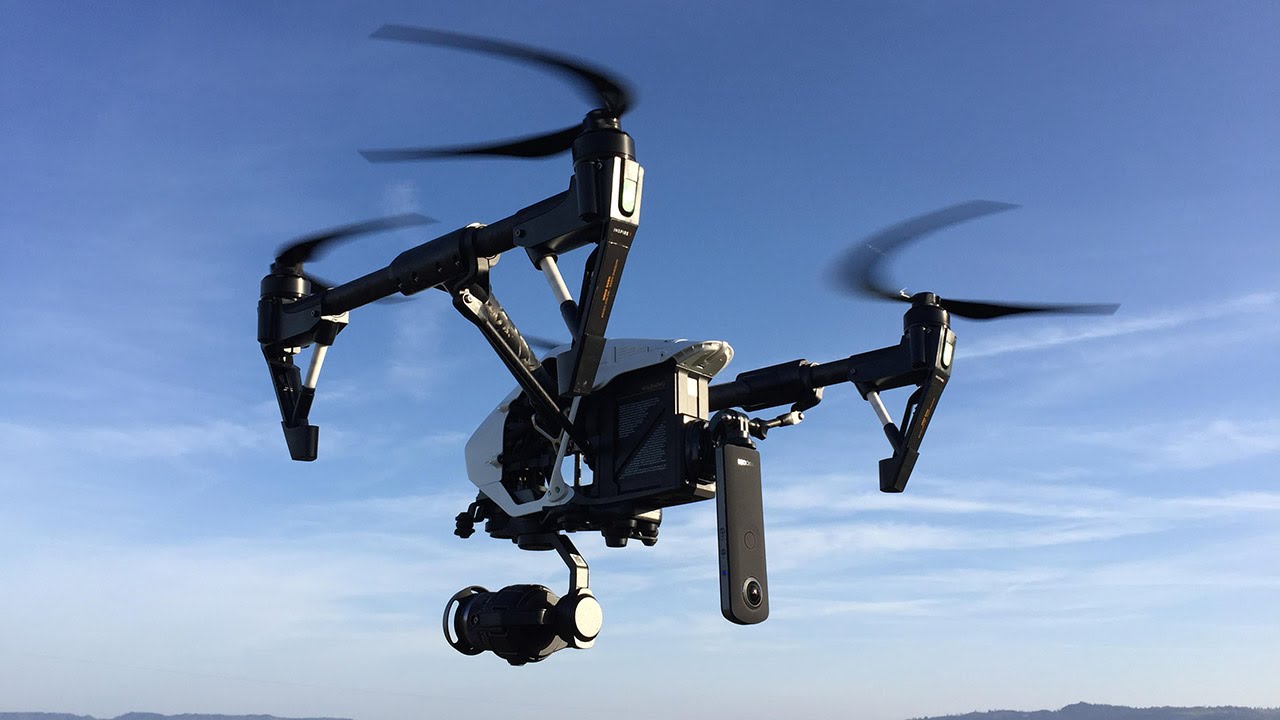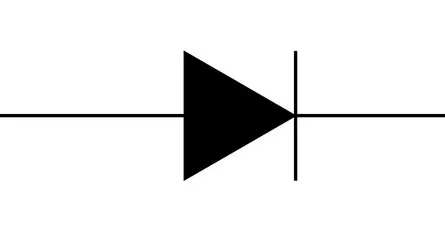The Early Days of Aerial Photography
The history of aerial photography dates back to over a century ago when cameras were mounted onto hot air balloons and kites to capture the first bird’s-eye views of landscapes from above. Some of the earliest recorded photos from the air were taken in 1858 using cameras attached to tethered balloons. However, it wasn’t until the 1910s that the technology started to improve and aerial photos became more common. During World War 1, airplanes were first equipped with cameras to take aerial surveillance photos and map enemy territories from above. These grainy black-and-white photos provided military strategists with a new perspective that helped revolutionize how battles were planned.
Advancements in Camera Technology
In the post-war era of the 1920s-30s, aerial photography advanced tremendously as cameras and airplanes both improved. Lighter airplanes capable of flying higher and carrying heavier payloads enabled more detailed photos to be captured. Meanwhile, advancements in large-format cameras gave aerial photos greater resolution and quality. A new generation of wide-angle lenses also allowed for broader coverage with each photo. By the 1930s, aerial photography had become a profitable civilian industry providing vertical aerial surveys for infrastructure projects, agriculture assessments and more. Film technology also improved, transitioning to higher resolution color films in the 1960s that captured richer landscape details from above.
The Digital Revolution in Aerial Imaging
The digital revolution began in the 1980s and fundamentally changed Aerial Imaging technology. The first digital cameras replaced analog film, providing instant capture and review of images. Data could now be processed, analyzed and distributed electronically rather than relying on printing photos. Digital sensors also gave greater control over exposure, depth of field, and editing capabilities compared to film. By the 1990s, lightweight digital cameras were commonly paired with small unmanned aerial vehicles (UAVs) and model airplanes for low-altitude surveys. Meanwhile, advanced computer hardware and software automated image processing tasks like orthorectification, stitching, and 3D modeling from aerial photo datasets. This enabled much more efficient and cost-effective production of maps, models and geospatial data outputs.
Current Technology and Applications
Today’s professional aerial imaging platforms use the latest camera technology to capture ultra-high resolution geo-referenced photos and data. Fixed-wing aircraft can carry payloads of 300MP+ digital sensors to produce extremely detailed orthomosaic maps and terrain models for large project sites. Multirotor UAVs equipped with smaller 60-100MP sensors are popular for inspection, mapping and surveys over compact areas. Thermal and multispectral cameras expanding beyond visual wavelengths are also commonly used to analyze vegetation health, detect ground anomalies or spot evidence. The collection, analysis and distribution of geospatial data from aerial sources is now fully digital. Vast volumes of overlapping photos are processed into deliverables like 3D city models, property maps, infrastructure assessments and more using advanced photogrammetry software.
New Advances on the Horizon
Continued improvements to sensor technologies are driving aerial imaging to new capabilities. Hyperspectral cameras with hundreds of bands can discern subtle material compositions. Thermographic sensors (forward-looking infrared and long-wave infrared) paired with AI are enhancing capabilities for firefighting, search and rescue scenarios. Computational photography techniques like light field capture provide new ways to manipulate focus and perspective from images captured in flight. Increased processing power is also enabling real-time transmission, analysis and augmented overlay of aerial data. Integrating advanced sensors onto smaller UAV platforms is improving access to aerial insights. Meanwhile multi-sensor fusion and AI/machine learning are automating more complex image analysis tasks. These emerging technologies promise to further broaden applications and use cases for aerial derived data and insights in the coming decade.
In summary, Aerial Imaging has advanced remarkably from its early beginnings over a century ago using kites and balloons. Significant milestones like digital cameras and UAVs helped propel the industry, while continuous improvements to sensor resolution, spectral range and data processing capabilities are enabling ever more detailed aerial insights. Current applications abound across industries and new technologies on the horizon promise to further expand uses of aerial derived geospatial data. After overcoming many technical hurdles, aerial imaging is now an indispensable tool utilized worldwide for mapping, inspection, monitoring and more.
*Note:
1. Source: Coherent Market Insights, Public sources, Desk research
2. We have leveraged AI tools to mine information and compile it.



